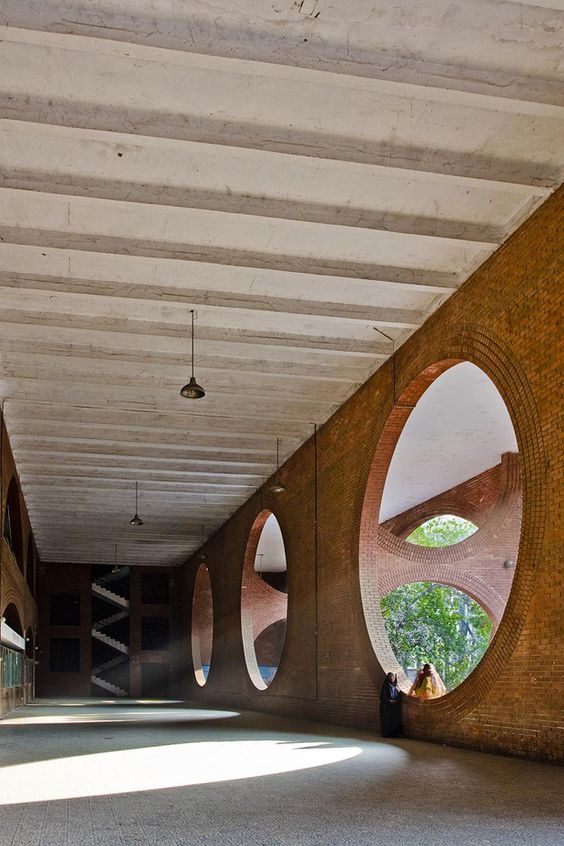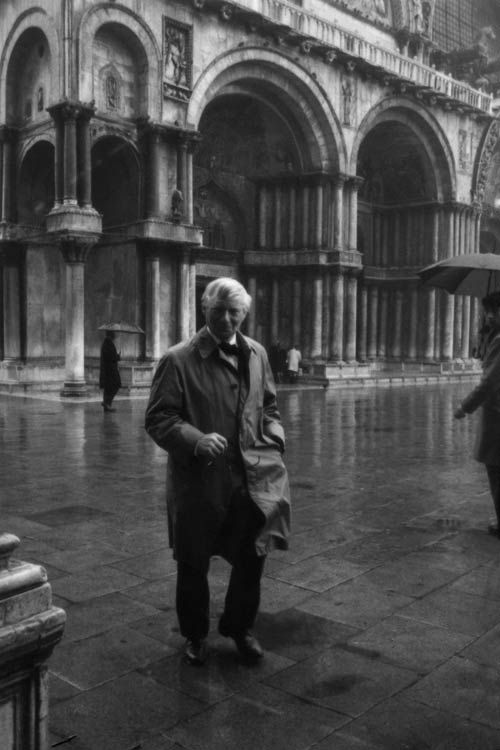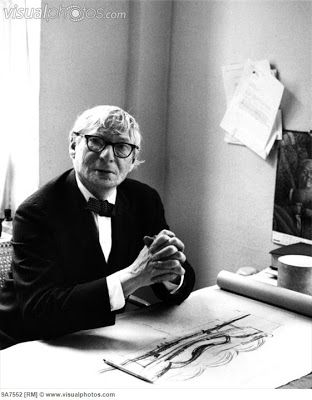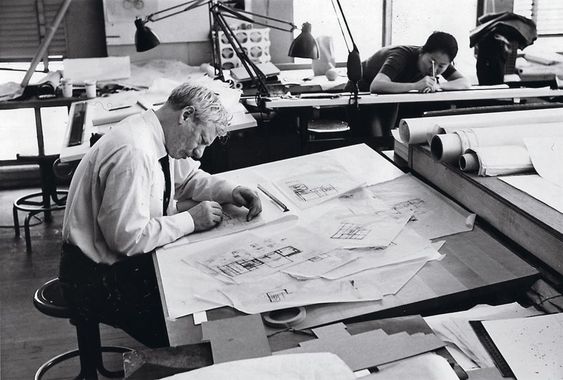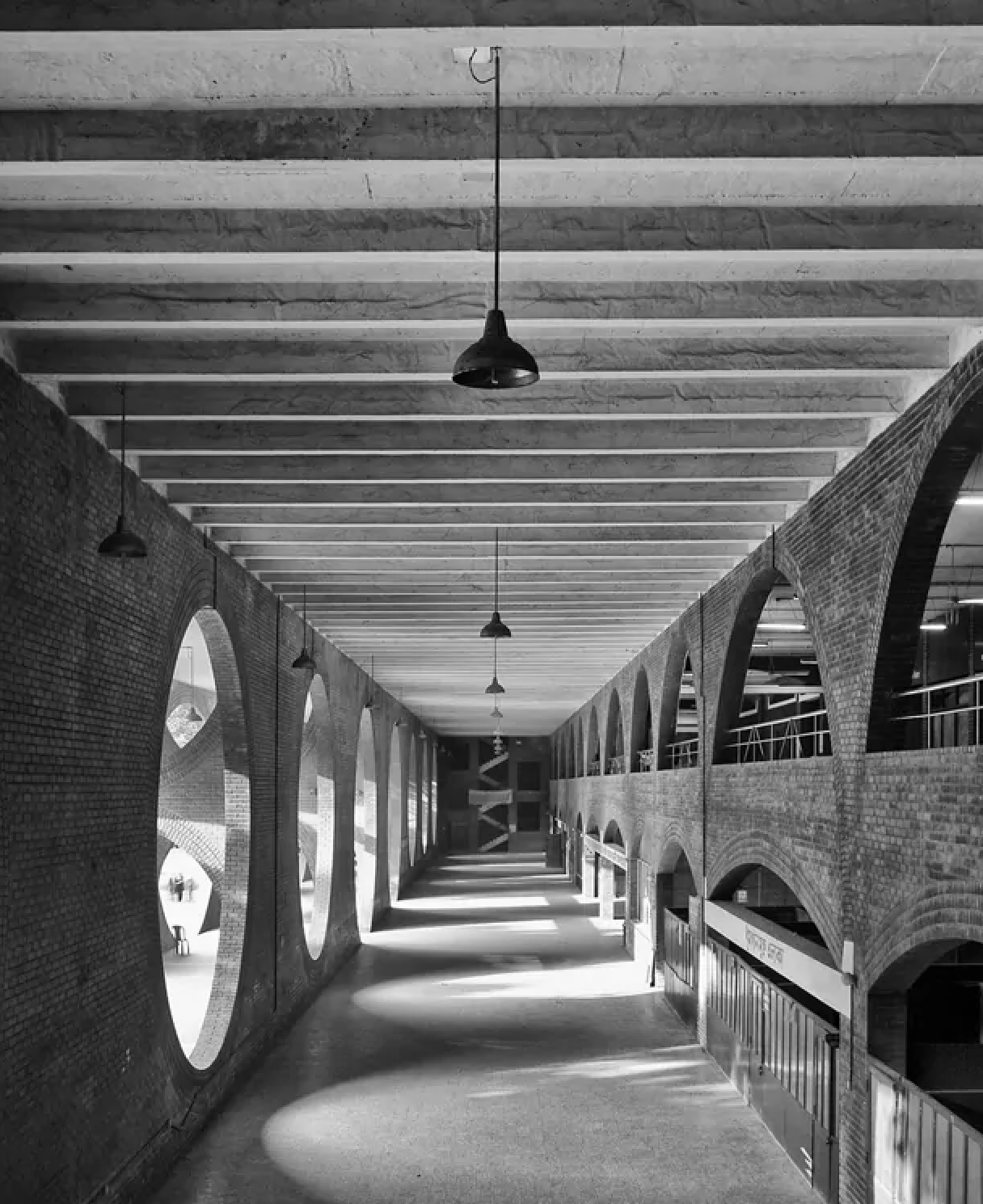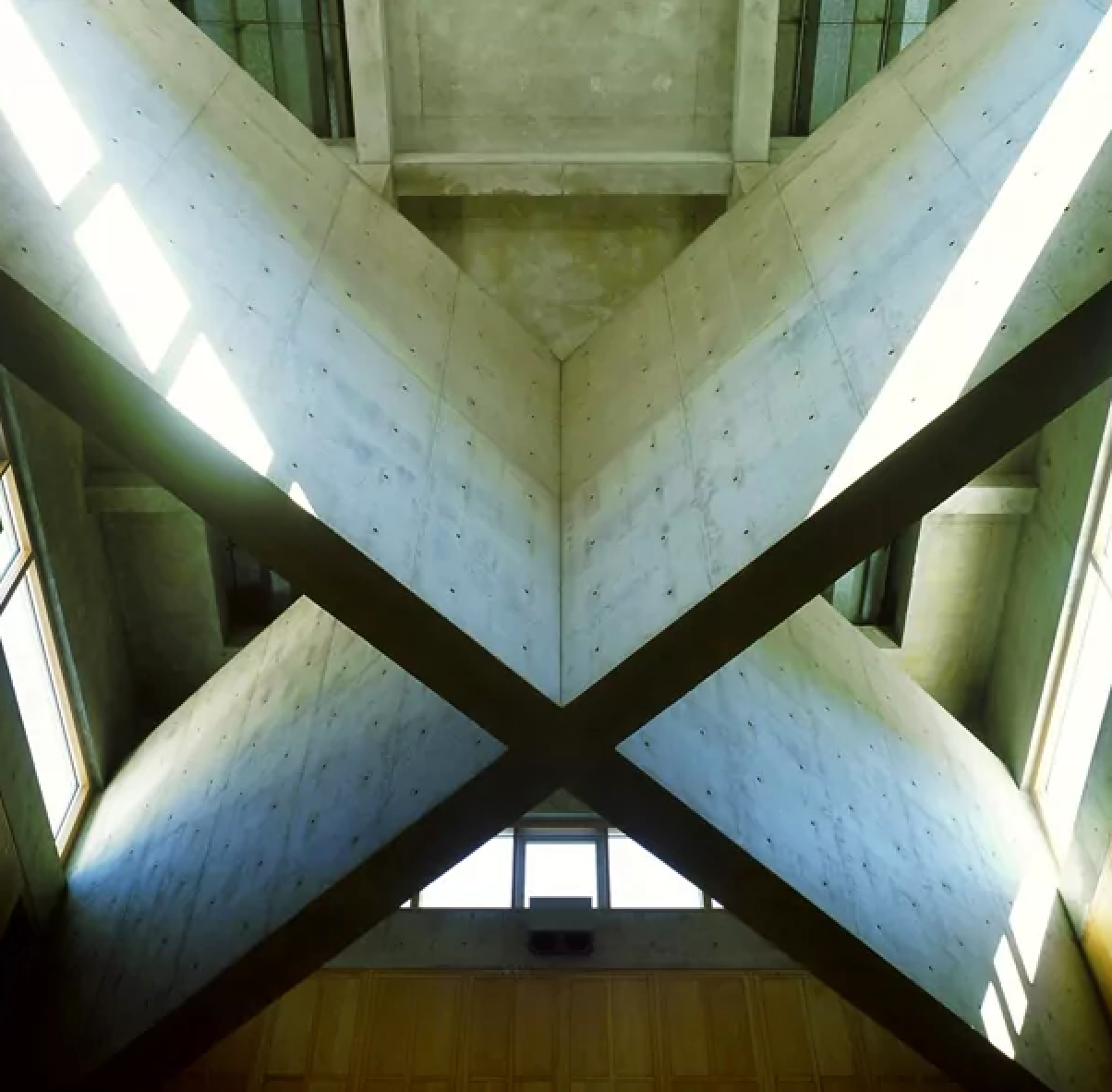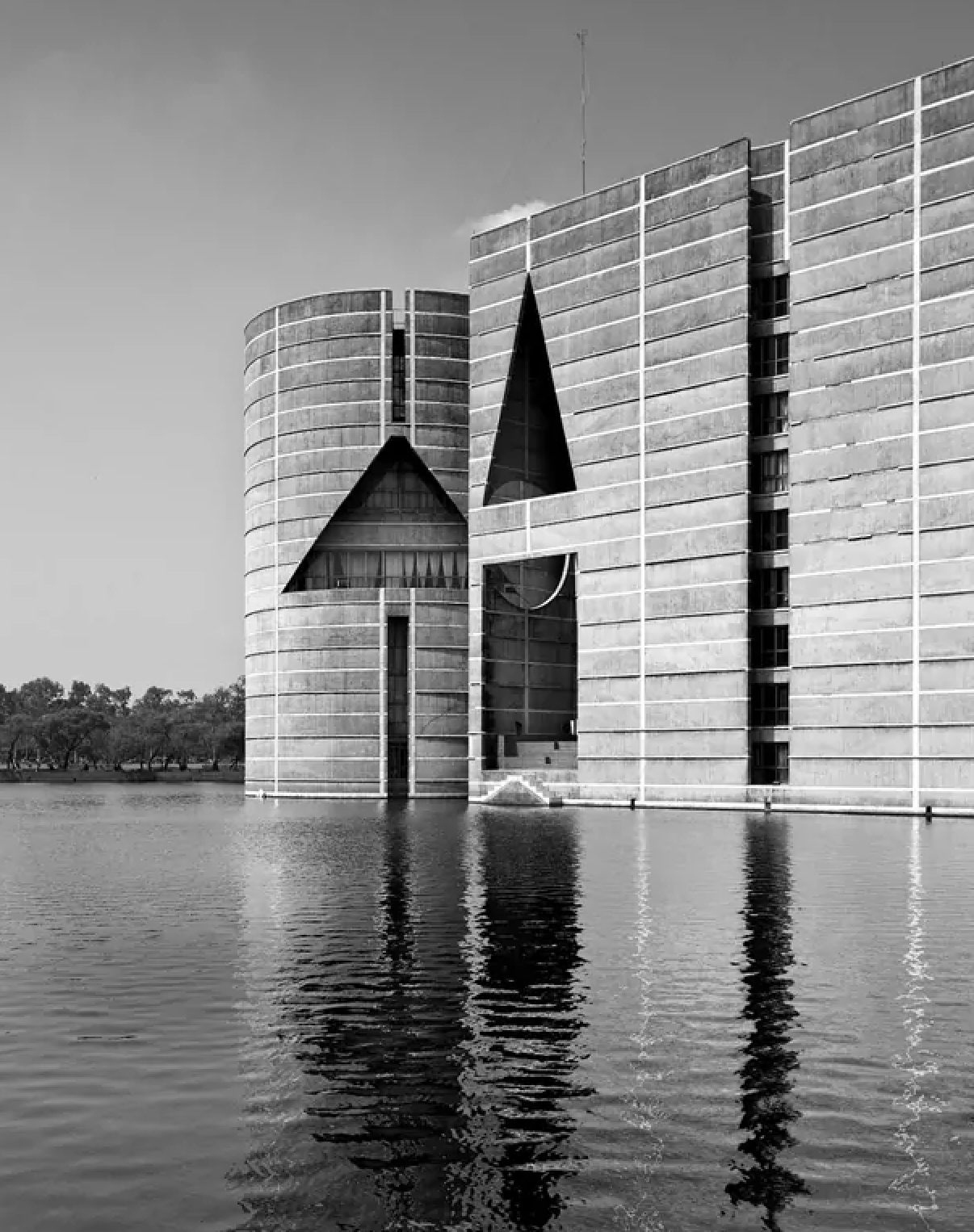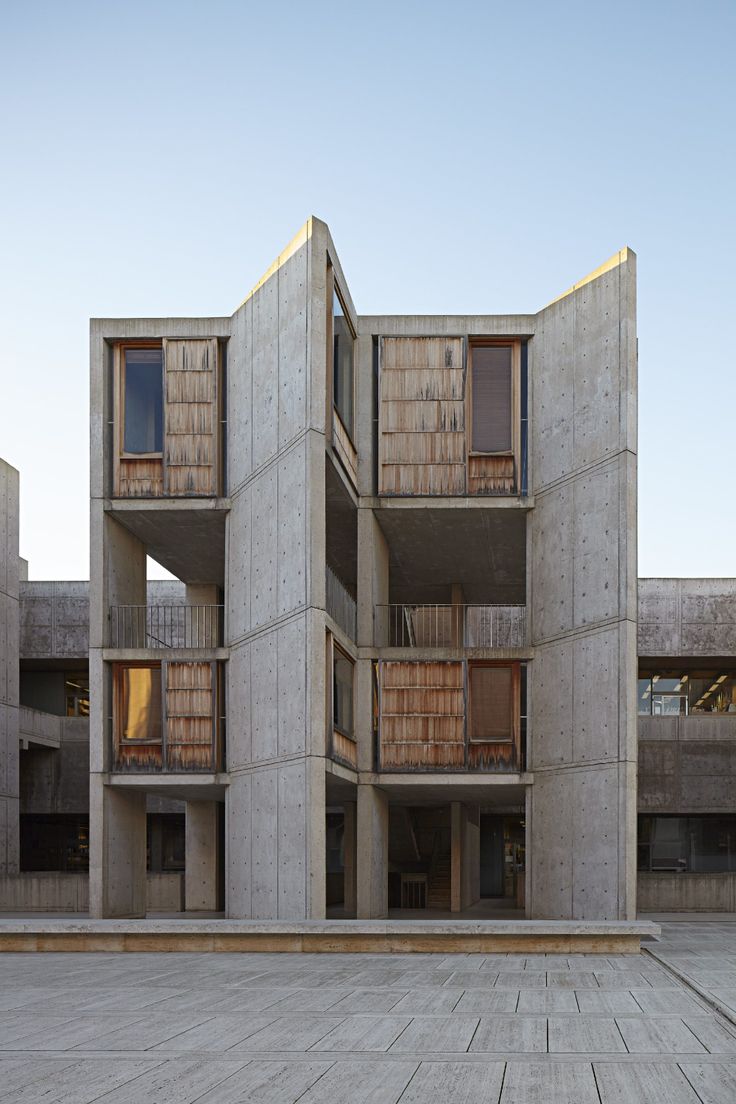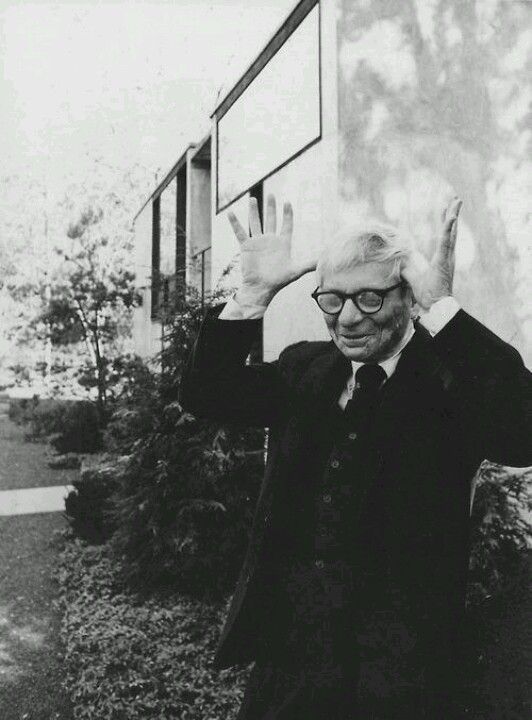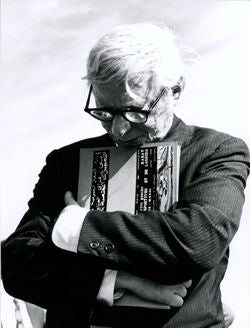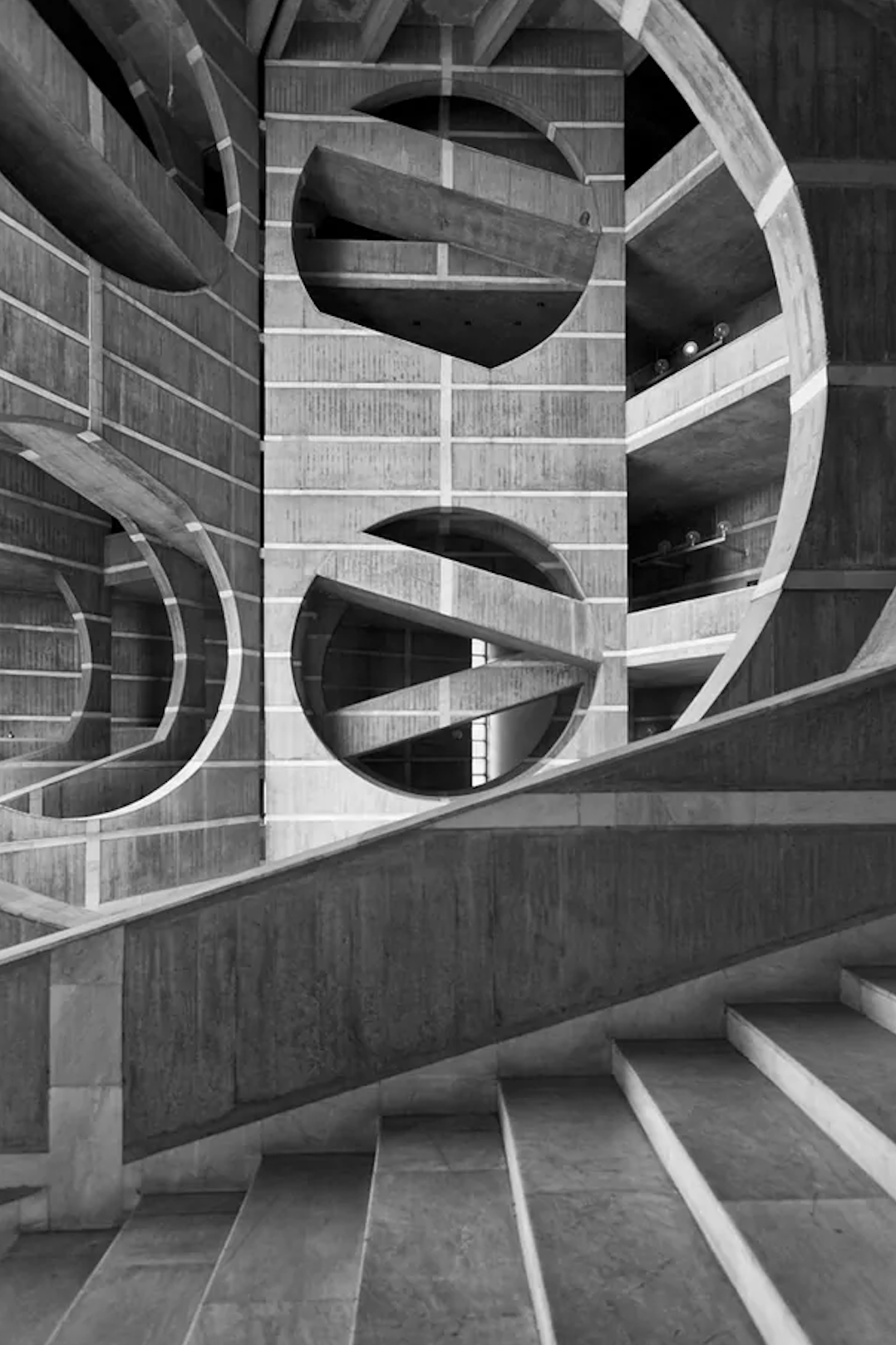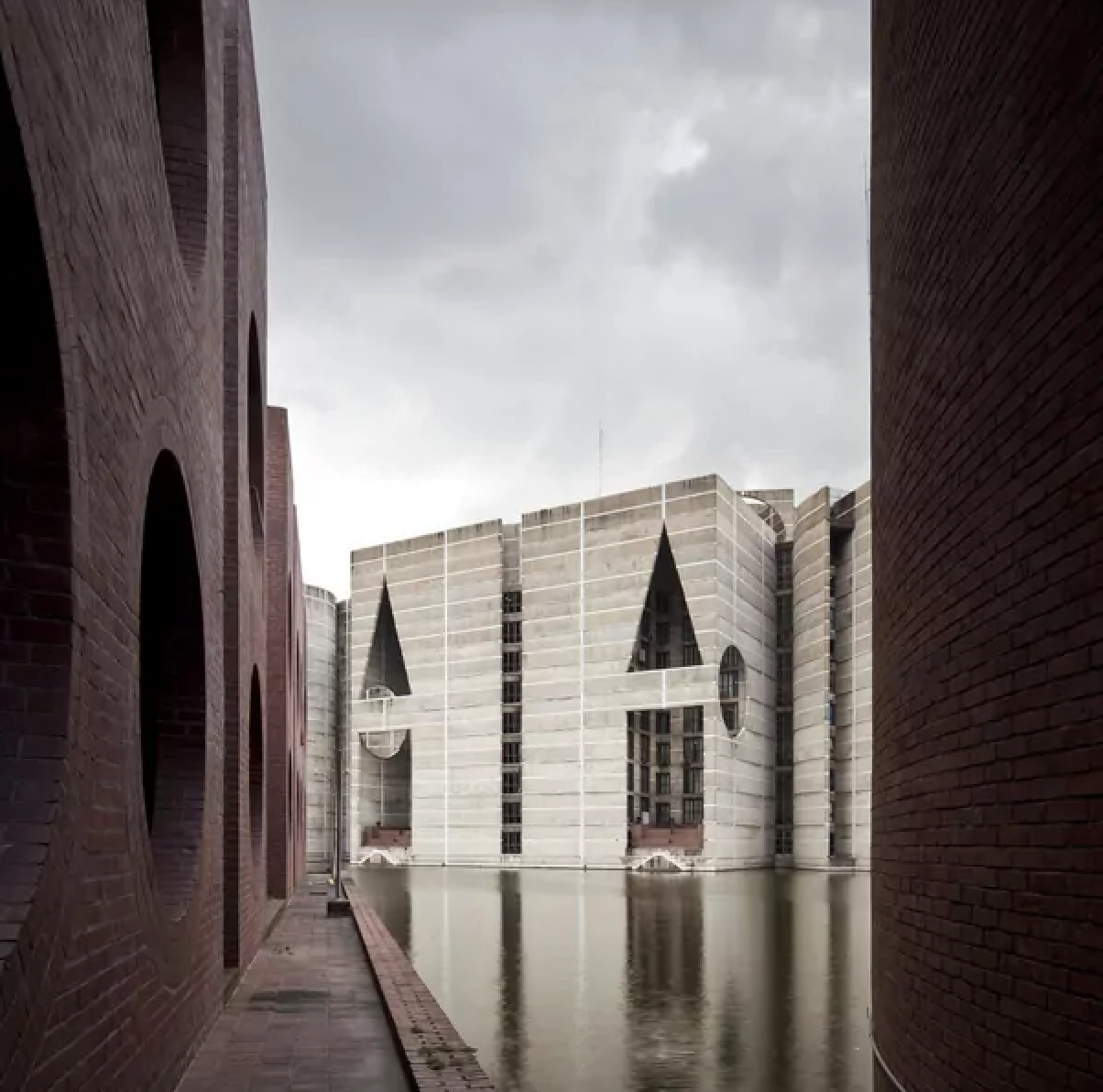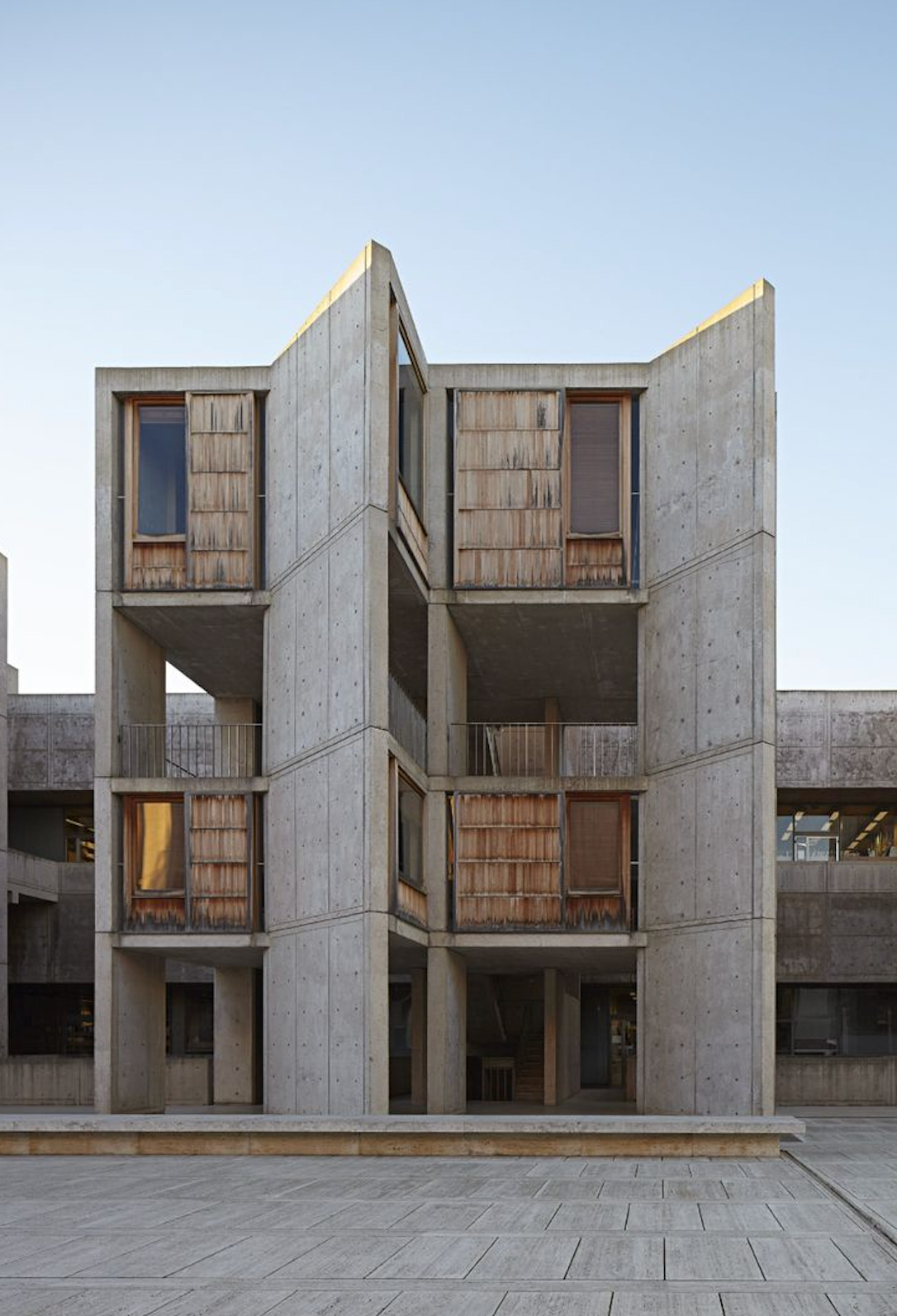Louis Kahn – The Master of Light & Shadow
Louis Kahn was a master of order, structure, light, and shadow - turning architecture into something that told a story, not just filled a space. For Kahn, buildings weren’t just meant to be functional; they should reveal the process of their creation. Kahn’s genius lay in his ability to manipulate natural light, changing the vibe of a space as the sun moved throughout the day.
His love for raw materials like concrete, wood, glass, and brick gave his buildings an honest, tactile quality. They weren’t just big, impressive structures — but rather living, breathing entities that balanced grandeur with a personal touch. He took cues from history but didn’t just copy; his innovative use of geometric shapes created a sense of timelessness in his designs that still hit hard today.
In architectural circles, he was a late Modernist meets Brutalist, but to those who knew him, he was a design guru with a deep, almost mystical understanding of space and form — an unparalleled insight into the soul of design. His buildings were massive and monumental, yet within these complex forms, Kahn carved out intimate spaces that invited reflection and connection, embodying the duality of light and shadow.
Kahn’s story ended on a note as heavy as his work. In 1974, after getting to New York’s Penn Station, he tragically died of a heart attack in a bathroom. He had a briefcase, packed with designs for a Franklin D. Roosevelt memorial on Roosevelt Island. Almost forty years later, those plans turned into his final masterpiece: Four Freedoms Park.
*All images & copyright belong to the original owner unless otherwise stated*
His love for raw materials like concrete, wood, glass, and brick gave his buildings an honest, tactile quality. They weren’t just big, impressive structures — but rather living, breathing entities that balanced grandeur with a personal touch. He took cues from history but didn’t just copy; his innovative use of geometric shapes created a sense of timelessness in his designs that still hit hard today.
In architectural circles, he was a late Modernist meets Brutalist, but to those who knew him, he was a design guru with a deep, almost mystical understanding of space and form — an unparalleled insight into the soul of design. His buildings were massive and monumental, yet within these complex forms, Kahn carved out intimate spaces that invited reflection and connection, embodying the duality of light and shadow.
Kahn’s story ended on a note as heavy as his work. In 1974, after getting to New York’s Penn Station, he tragically died of a heart attack in a bathroom. He had a briefcase, packed with designs for a Franklin D. Roosevelt memorial on Roosevelt Island. Almost forty years later, those plans turned into his final masterpiece: Four Freedoms Park.
*All images & copyright belong to the original owner unless otherwise stated*
